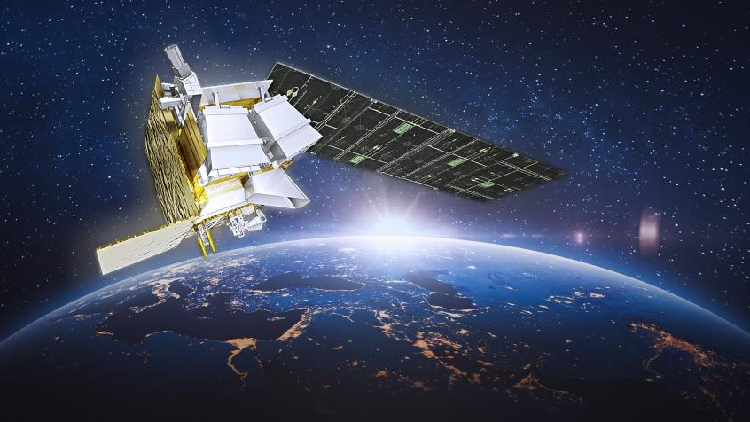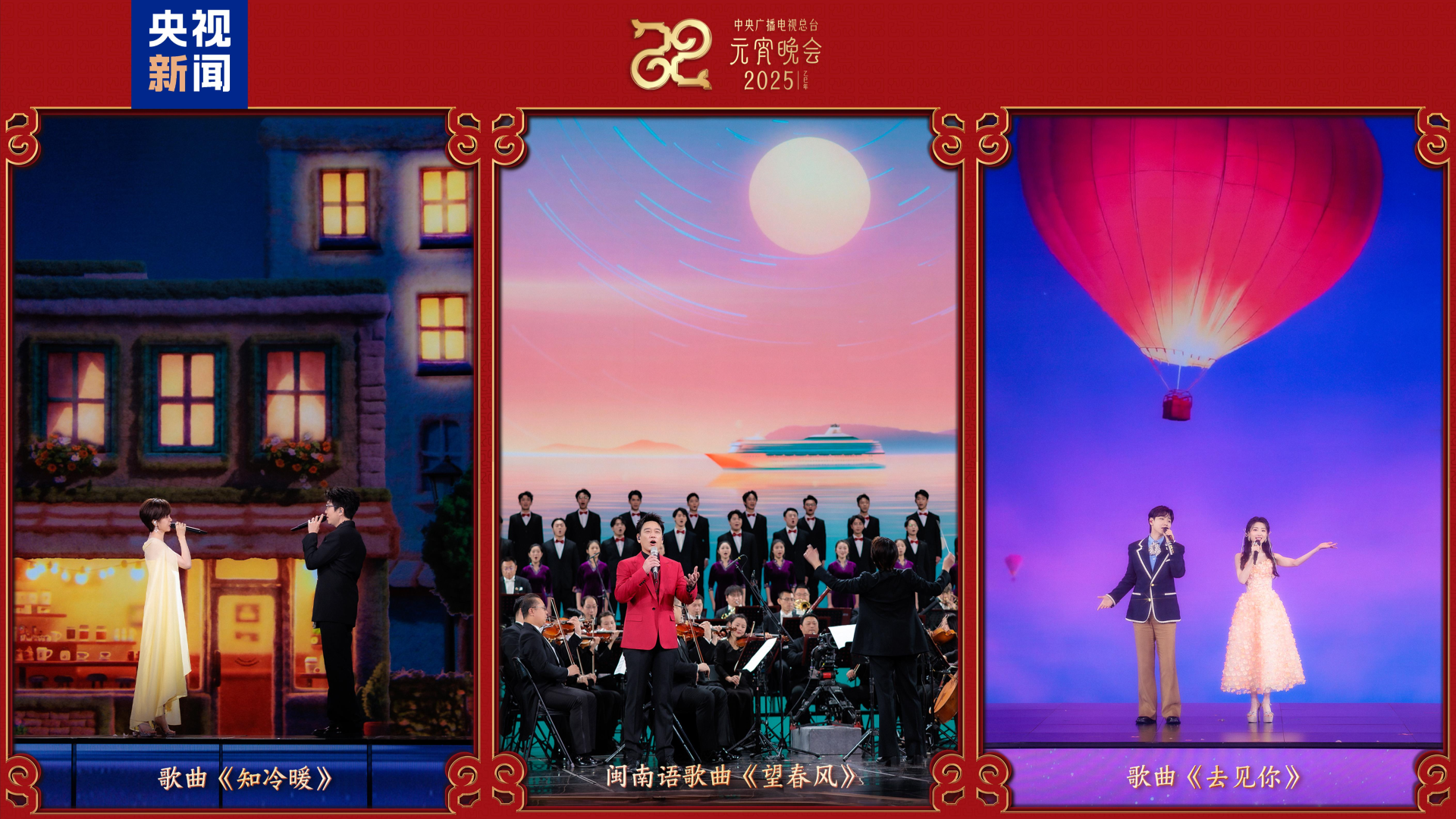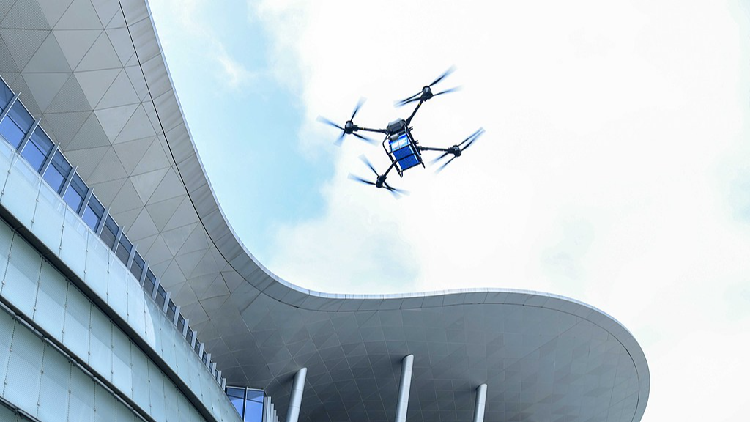Scientists Employ Satellite SDGSAT-1 to Combat Urban Light Pollution
Chinese researchers are utilizing the earth science satellite, SDGSAT-1, to mitigate the effects of contemporary light sources on city landscapes.

In an effort to mitigate the issue of modern lighting impacting urban environments, Chinese researchers have begun utilizing the Earth science satellite, SDGSAT-1.
The research, undertaken by the Aerospace Information Research Institute (AIR) of the Chinese Academy of Sciences (CAS), was recently featured in the International Journal of Digital Earth.
The study highlights the growing necessity for decarbonization, which has promoted the replacement of artificial light at night (ALAN) with LEDs. As a result, urban areas now encounter blue light pollution and the associated negative impacts. Consequently, the scientists noted an immediate requirement for a proficient approach for fast, accurate, and wide-scale differentiation of different light sources.
The researchers suggest that the SDGSAT-1 satellite might serve this purpose efficiently by complementing current nighttime light data with multispectral and high-resolution attributes.
They tested this theory using Beijing as an example and observed that their method successfully discerned diverse light sources with very high accuracy—92 percent accuracy for ALAN and 95 percent for streetlights.
Upon analyzing SDGSAT-1 images, distinctive illumination patterns were noticed presenting spatial variances in ALAN along Beijing's 5th Ring Road. This insight is crucial for understanding how light pollution changes across various city areas.
Moreover, the researchers noted significant disparities concerning road categories and types of streetlights, underscoring the impact urban development and infrastructure have on the adoption of specific lighting technologies.
The research paper emphasized the importance of SDGSAT-1 in the analysis of ALAN, contributing valuable insights to the management of urban lighting.
The world's first space science satellite committed to the UN 2030 Agenda for Sustainable Development, SDGSAT-1, was launched on November 5, 2021. According to the Chinese Academy of Sciences, the developer of this satellite, it aims to offer spatiotemporal observation data to monitor, evaluate, and study human-nature interactions and sustainable development.
In September of the previous year, the satellite captured the first global atlas of urban nighttime light remote sensing data. This atlas, comprised of 10-meter resolution nighttime light data from 147 cities across 105 countries, provides invaluable support for research into urban sustainable development.
Olivia Brown












